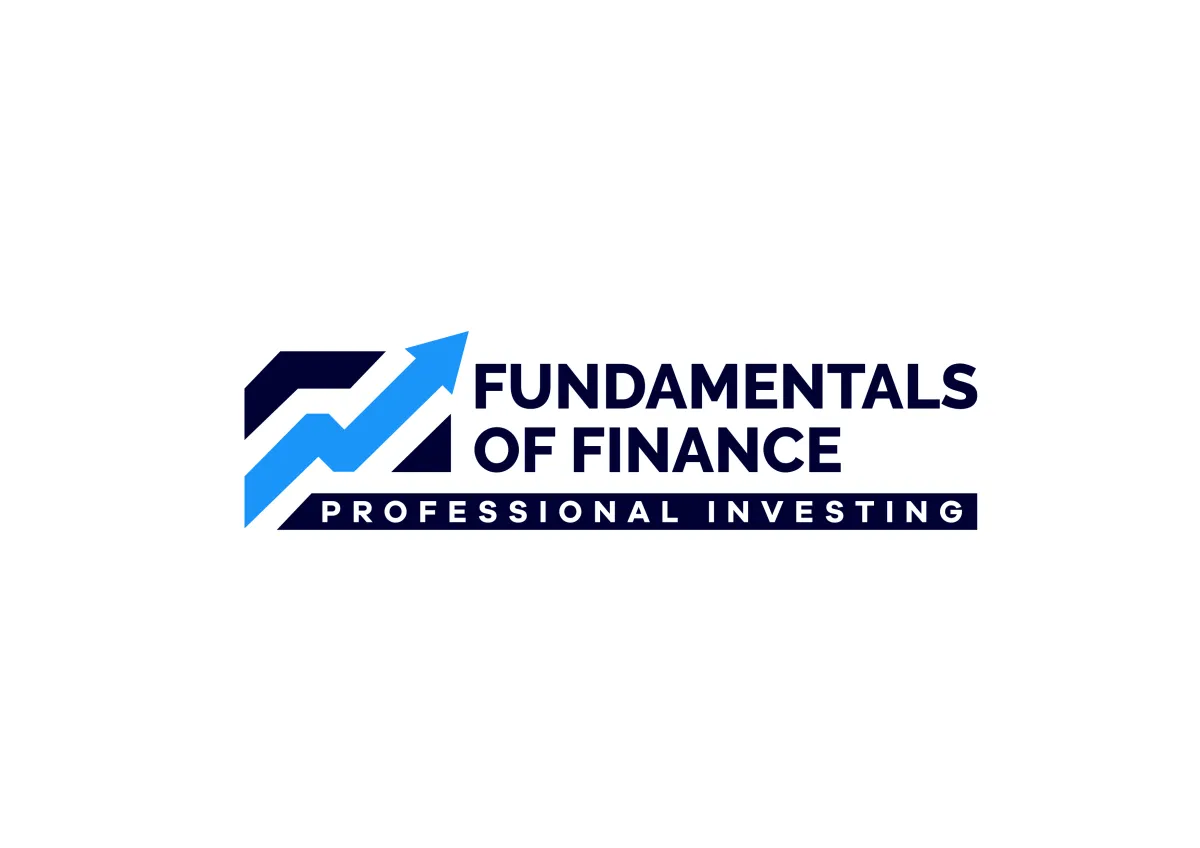
JEPQ ETF Explained
Is JEPQ, the JPMorgan Nasdaq Equity Premium Income ETF, a good buy?
I used to help portfolio managers build portfolio and I used to get this type of question all the time. Here’s my take on JEPQ:
In a nutshell, JEPQ is a covered call ETF on the NASDAQ 100. There are some slight differences, which I’ll cover later, but for simplicity sake that’s what it is.
Covered call ETFs generally have 2 components.
They usually buy stocks that track an underlying index, and then sell call options on them to generate income. When the underlying stocks are really volatile, like they are in the NASDAQ 100, the income can be really high. And that’s the main appeal of covered call ETFs.
https://www.youtube.com/watch?v=MzYJh3ZRX0E
clip: 354 – 359 “a 12 month rolling… phenomenal”
There’s just one problem. Investing in JEPQ without considering the MANY ways it can go wrong, is like taking a loan from a mobster without considering the many ways it can go wrong. That juicy income payment comes with a hefty price.
And, unfortunately, most people who tout JEPQ and other covered call ETFs have NO IDEA how they actually work. Here’s an example:
https://www.youtube.com/watch?v=1T-FSRSK4s0
clip: 349 – 359 “so the question is… comes in”
No… JEPQ will DEFINITELY NOT give you max exposure to the growth of AI.
When you sell a call option on a stock, you forgo the opportunity to benefit from any upside beyond the set strike price. JEPQ usually caps the upside at about 2.5% per month, plus the income from the call options. That’s not even CLOSE to max exposure. It’s actually WAY LESS exposure to the growth of AI than a regular NASDAQ 100 ETF would give you, and the NASDAQ 100 isn’t even focused on AI, it just happens to have more tech exposure than most indexes.
So, your upside is capped, but what about the downside? It’s NOT capped. Sure, it’s cushioned a little bit by the option income, but that’s only around 1% per month. Other than that, you get all the downside of the underlying stocks.
Let’s take a look at how this works in practice.
It hasn’t been around that long, but a lot of people are looking at the 34% return in less than 2 years and thinking “wow, that’s pretty good!”
But when you compare it to the regular NASDAQ 100 ETF, QQQ, you can see that it has trailed by over 12% in less than 2 years. And that’s with a lot of downside at the beginning, which benefits JEPQ!
If you started the clock at the beginning of 2023, you can see it’s trailed QQQ buy over 20%, in barely over a year! That is NOT max upside, and over a long period of time the gap can add up MASSIVELY!
JEPQ hasn’t been around for very long, but take a look at what happened to another NASDAQ 100 covered call ETF, QYLD. It trailed QQQ over the past 10 years by more than 300%!!!
And what do you get for giving up most of your upside potential?
A TINY amount of downside protection. This is what happened in the first 5-ish weeks after JEPQ’s launch. Sure, it beat the QQQ, but it still went down over 11% in a few weeks. That’s not exactly what I’d call safe.
The scenario when this should do well is if the NASDAQ 100 is relatively flat. You’d collect the nice income from selling your call options, you wouldn’t be missing out on much upside, and you wouldn’t be losing much money on the downside. Do YOU expect the NASDAQ, which is about 50% tech stocks, to be relatively flat? I certainly don’t. And for that reason, I don’t consider JEPQ to be a particularly attractive investment.
By the way, if you ARE still considering it, there are two slight differences between JEPQ and a typical NASDAQ 100 covered call ETF that you should know about.
First, the underlying stock portfolio doesn’t actually track the NASDAQ 100 perfectly. It’s actively managed and tries to be pretty close to the NASDAQ 100, but it’s not quite as close as an index fund.
Second, it also doesn’t simply sell call options. Instead, it uses something called Equity Linked Notes, aka ELNs, as a way to mimic the returns of the call options. That results in different tax treatment, which is generally more favorable to equity returns and less favorable to the income from the call options, which in many cases could be most of the return.
If you found this helpful, hit that like and subscribe button, and let me know in the comments if there are any other investments you’d like me to review.